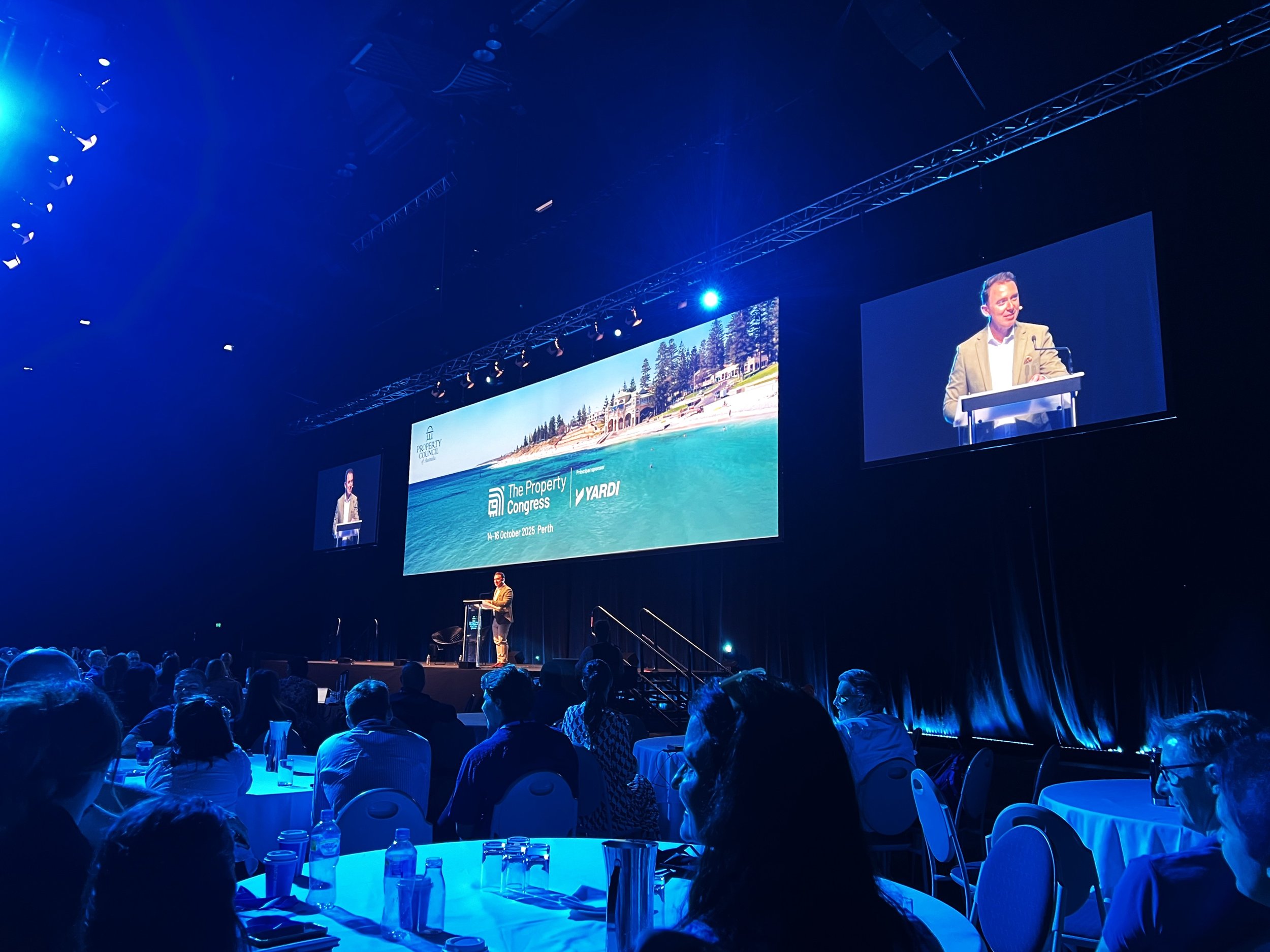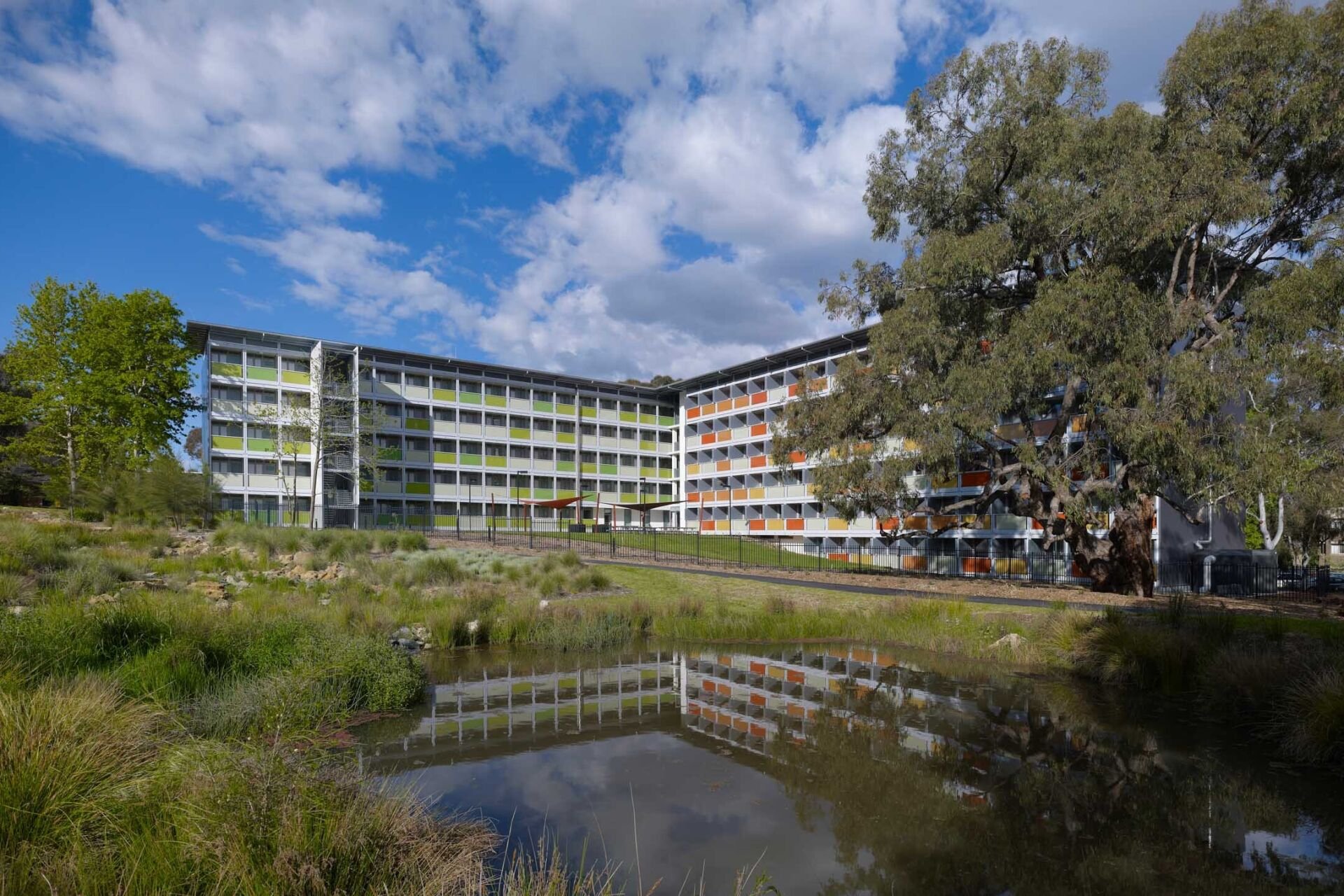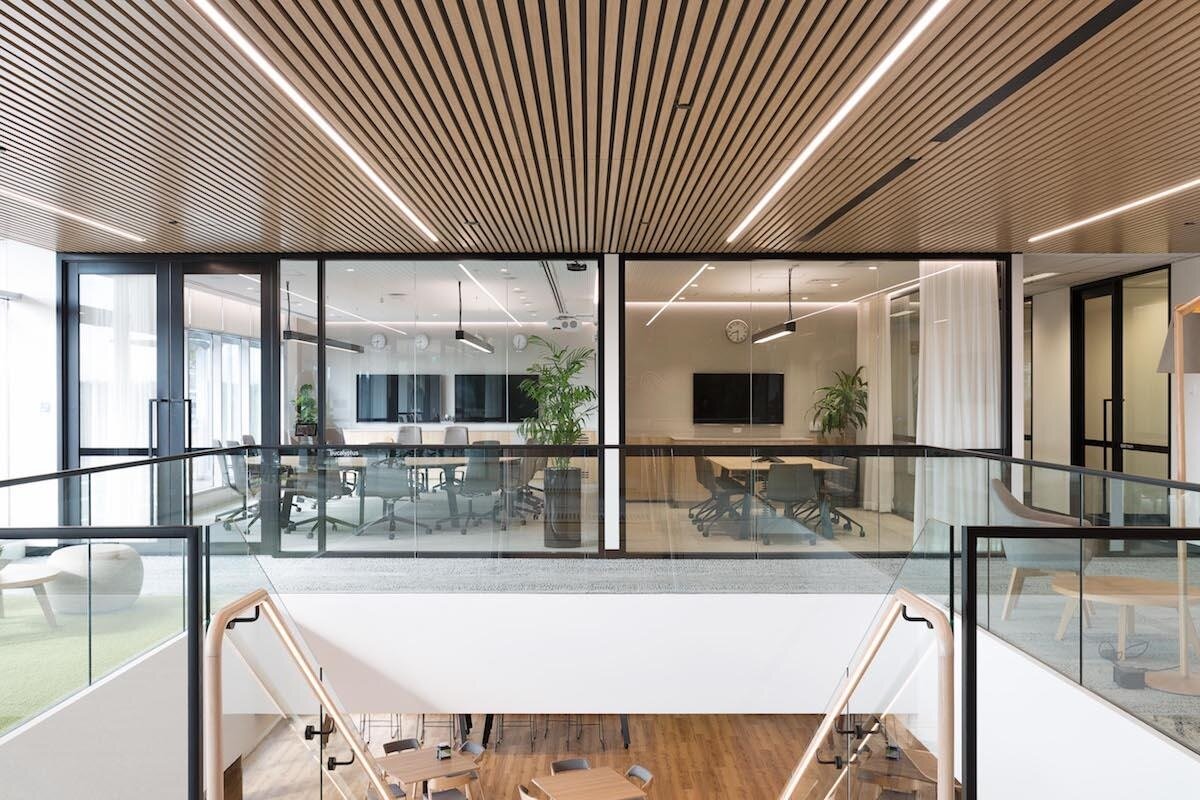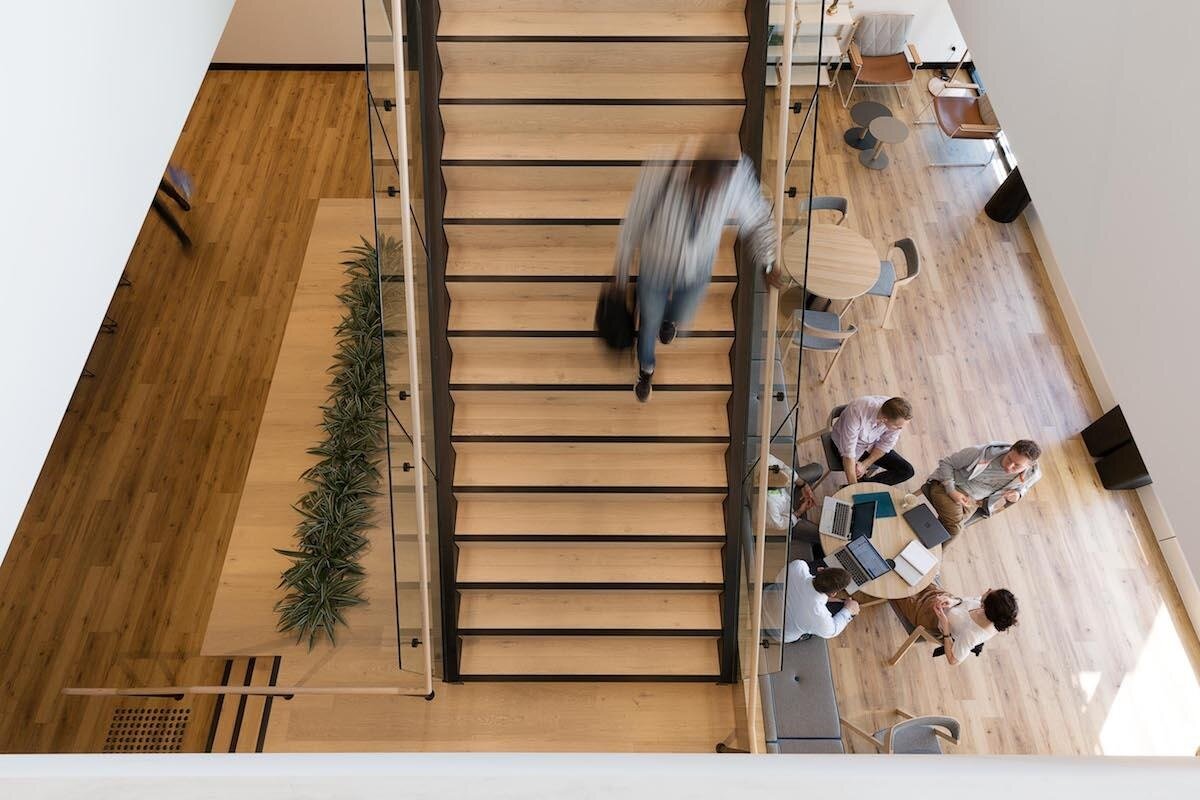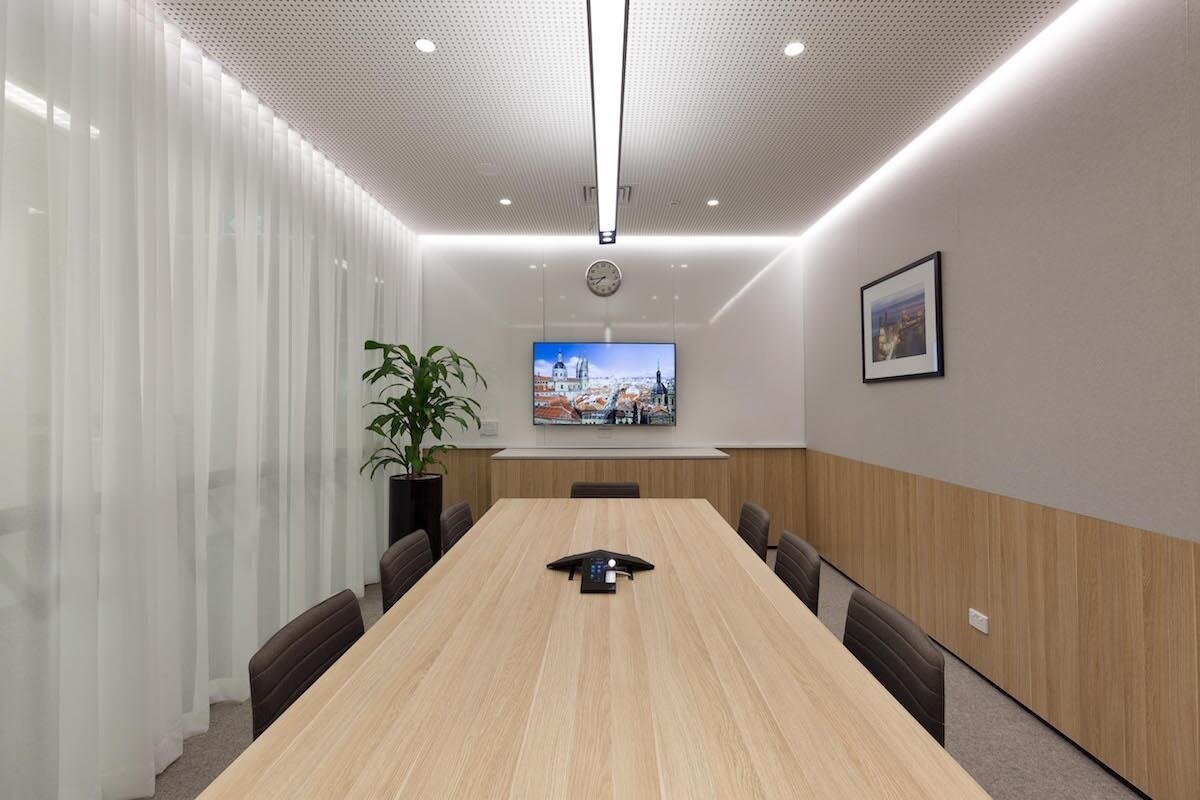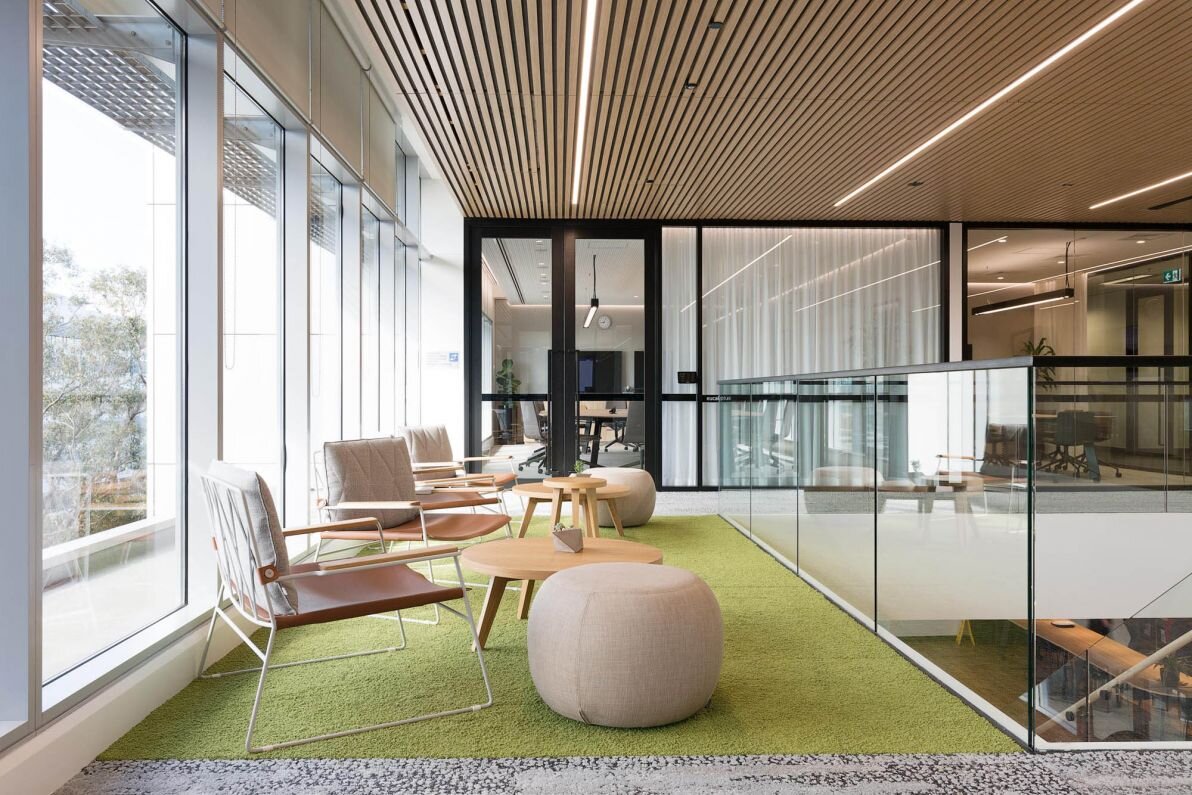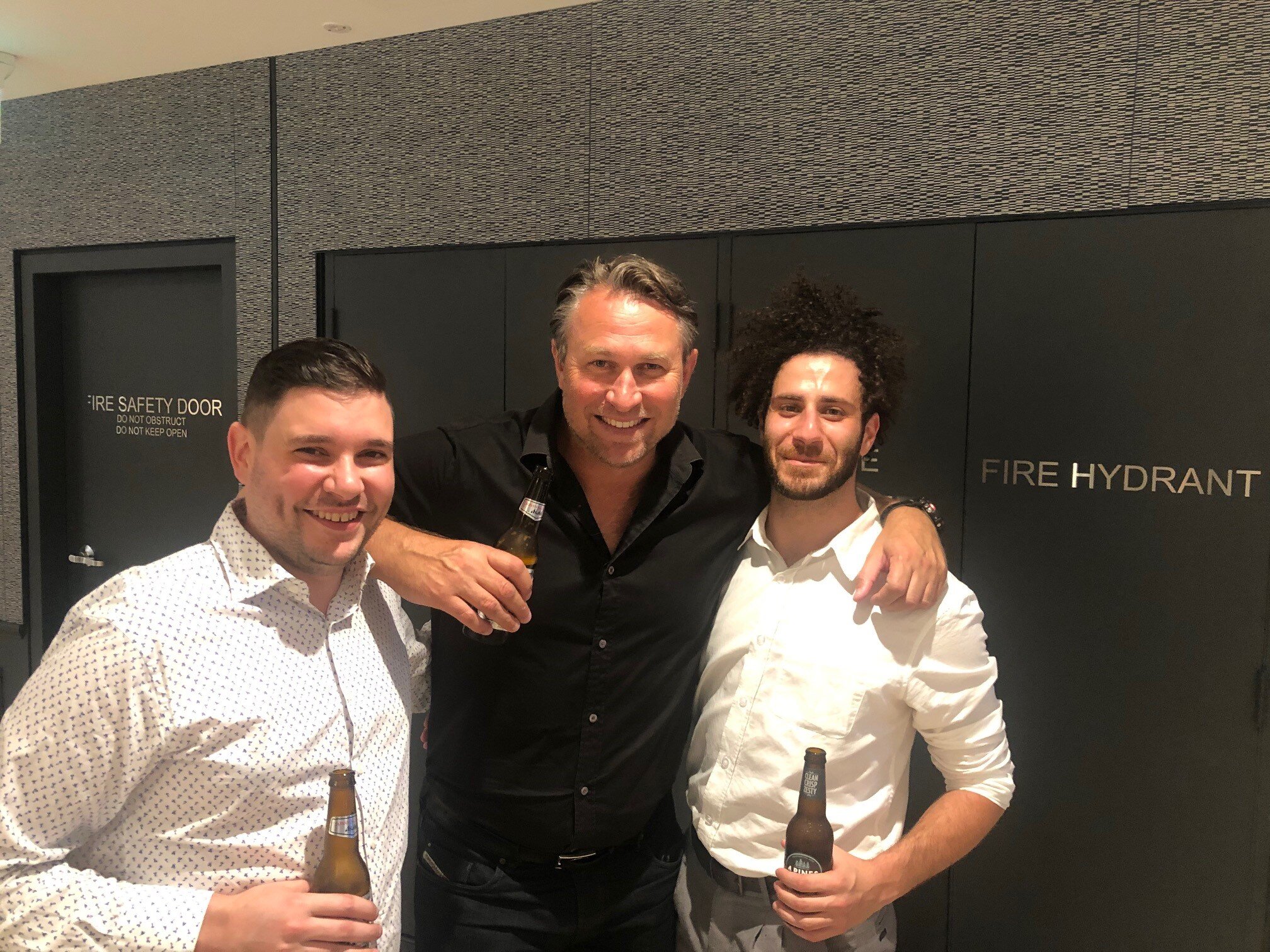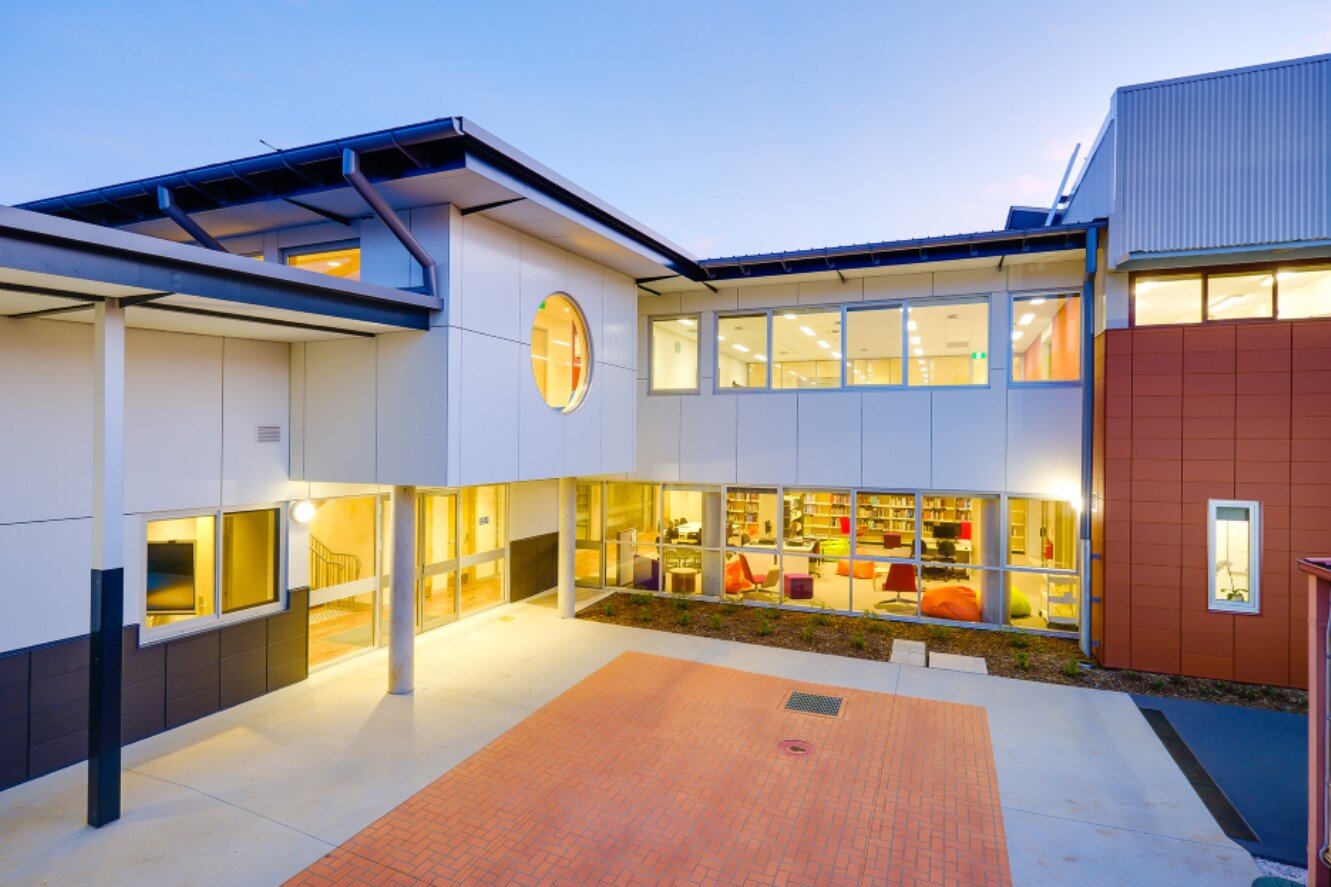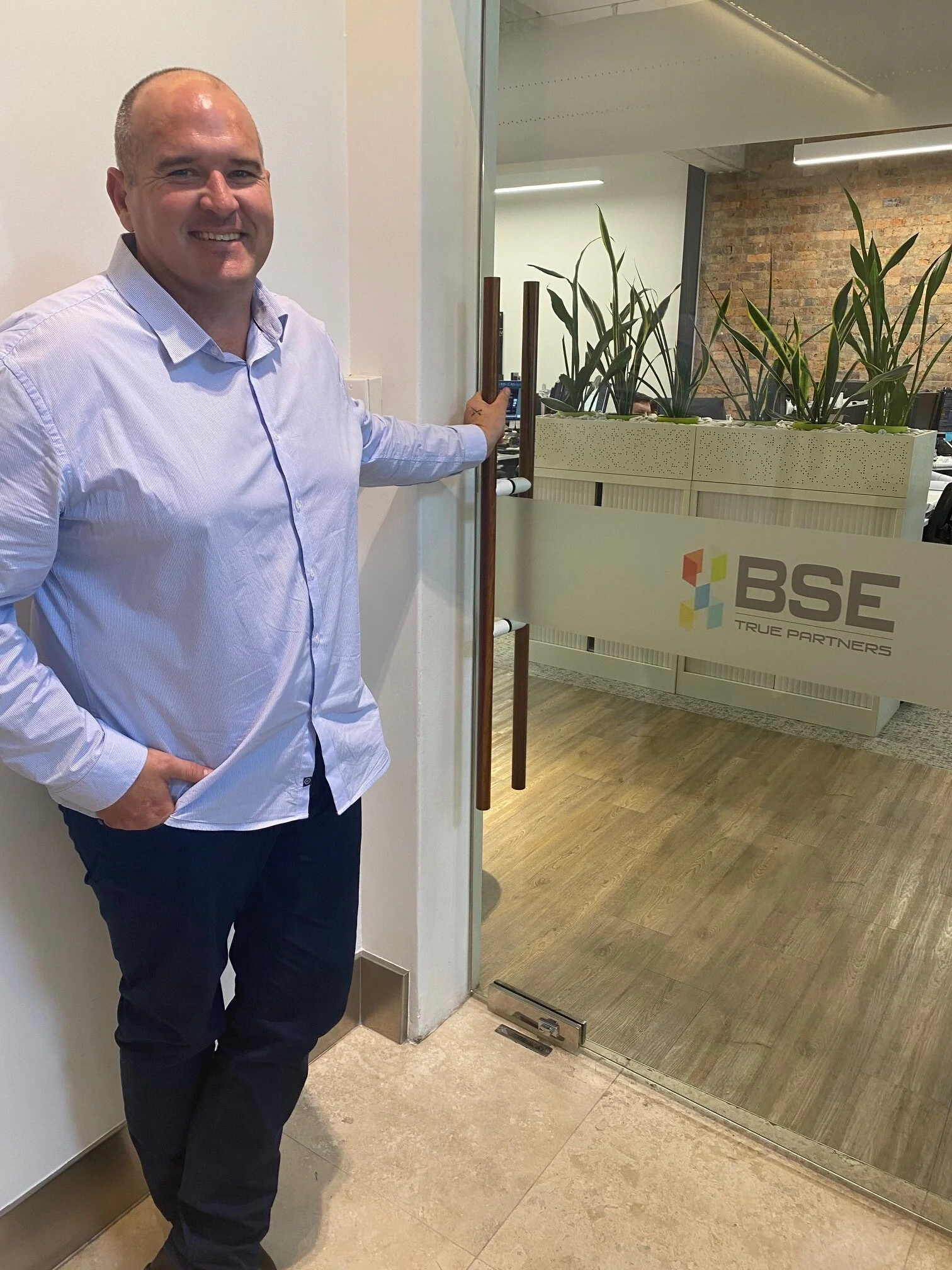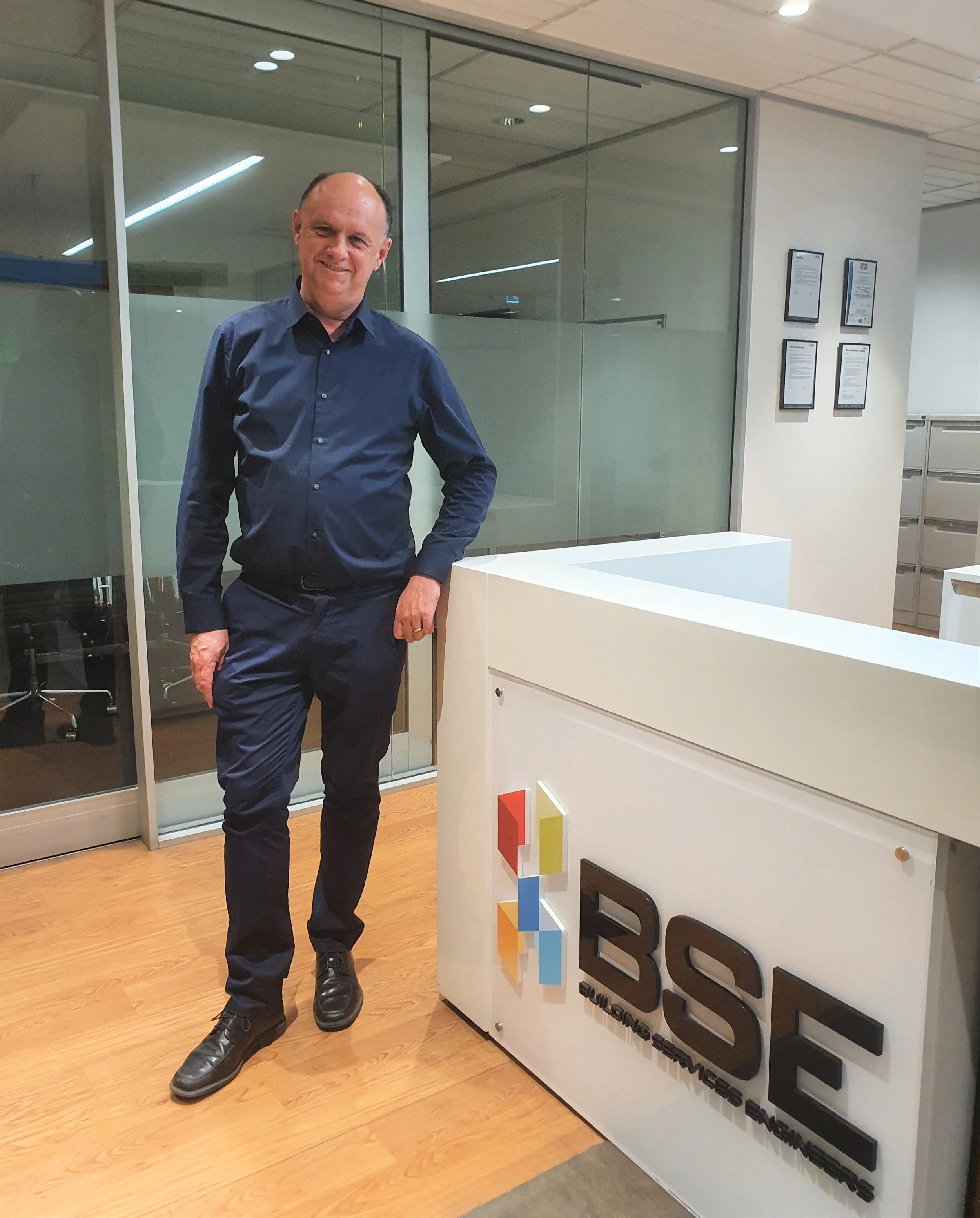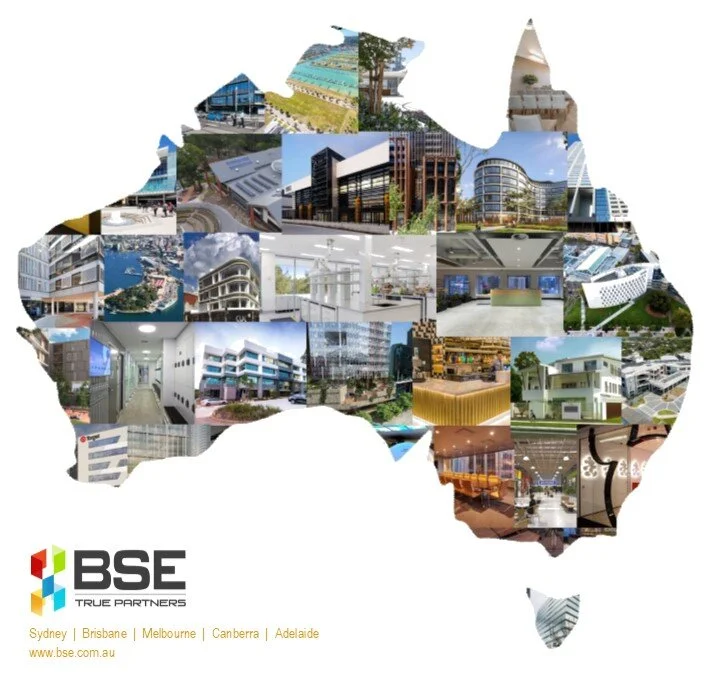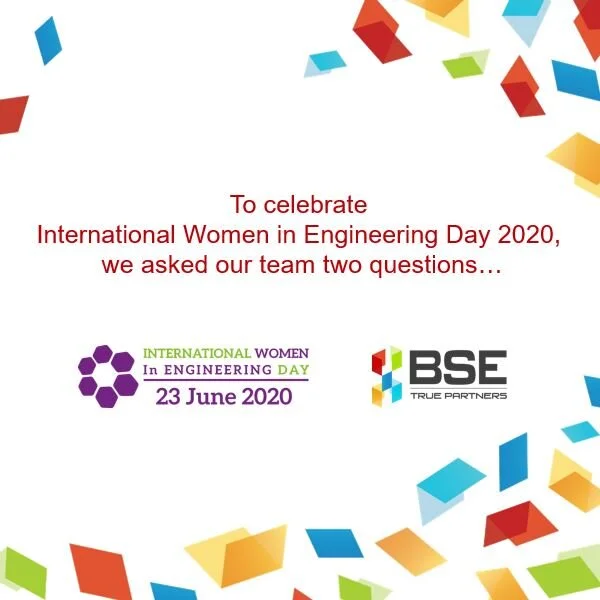We recently sat down with Wade to ask him some Water Week and hydraulic design questions:
Q: How does hydraulic design/ engineering benefit communities and individuals?
A: That can be a complex question, in summary, a good hydraulic designer or engineer will provide a system, technical solutions or (if appropriate) an alternate solution to provide plumbing and drainage to the building or space. Depending on the specific requirements, the design should be water efficient, that is, minimise water and resource use, fixtures and equipment fit to purpose and considerate of [alternate] water systems such as rain water or grey water re-use to benefit the building and ongoing costs in homes, workplaces, community buildings, public spaces
Q: How did you get involved in hydraulic design?
A: I started out in the industry as a plumber (hydraulic contractor), in both commercial and residential developments. Thoroughly enjoyed it and investigated options to expand my knowledge and understanding of how systems work! I completed my plumbing trade and the Cert IV in Plumbing Services which lead to my first designer role. Following that experience, TAFE NSW offer a Diploma in Hydraulic Services Design, which I completed, and I highly recommend to everyone wanting to make the change between contractor to consultant. [Side note, this course is being offered again in 2020 at North Sydney TAFE, I would encourage any hopeful designers to give it a look!]
Q: How do you re-imagine Australia’s water future?
A: Two areas of change will safeguard water for use, I am speaking from a project and designer perspective: efficient use and sufficient supply. Being able to minimise water use in a design or development best and easiest when considered early in concept. Using the expertise of the team, having the discussion and intent to leverage rainwater, grey water and efficient fixtures. Solutions are viable in many situations, which reduce reliance on network supply. The supply network is the other aspect of Australia’s water future, to ensure regular, sufficient and safe supply is a complex task for network providers in any location. Water flow, pressure, capacity, information availability, leakage prevention, maintenance and upgrade are never ending tasks.
Q: One thing for architects/ developers to consider early on in project?
A: An intentional focus on services infrastructure. It’s not the fun part of a project, it is what makes construction quicker and cheaper and a building or space user friendly, with the capacity to provide efficient solutions while minimising maintenance and costs. Discuss design solutions early with consultants such as in-ground supply tanks, the physical space required for adequate systems required under BCA and Australian Standards for long-term efficiency. I would also strongly recommend testing water infrastructure capacity (pressure and flow) prior to commencing site construction to avoid re-design when results vary.
To finish off, a couple of fun questions:
Q: Favourite dance move?
A: Hahaha, I know what you want me to say to this. Favourite dance move? Definitely “the worm”. (Author note, reach out and ask Wade about this back story)
Q: What is your go-to joke?
A: Have to pull out a classic plumbers joke:
There are 2 reasons why you should never drink toilet water.
Number 1 and Number 2.


